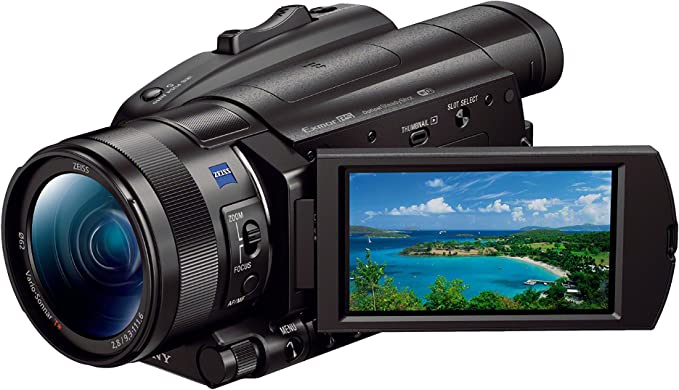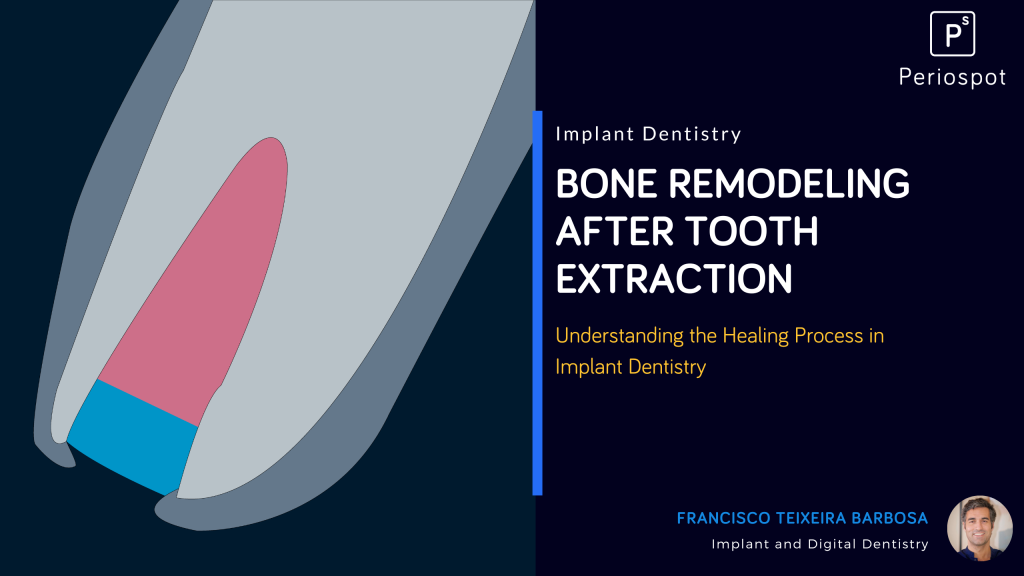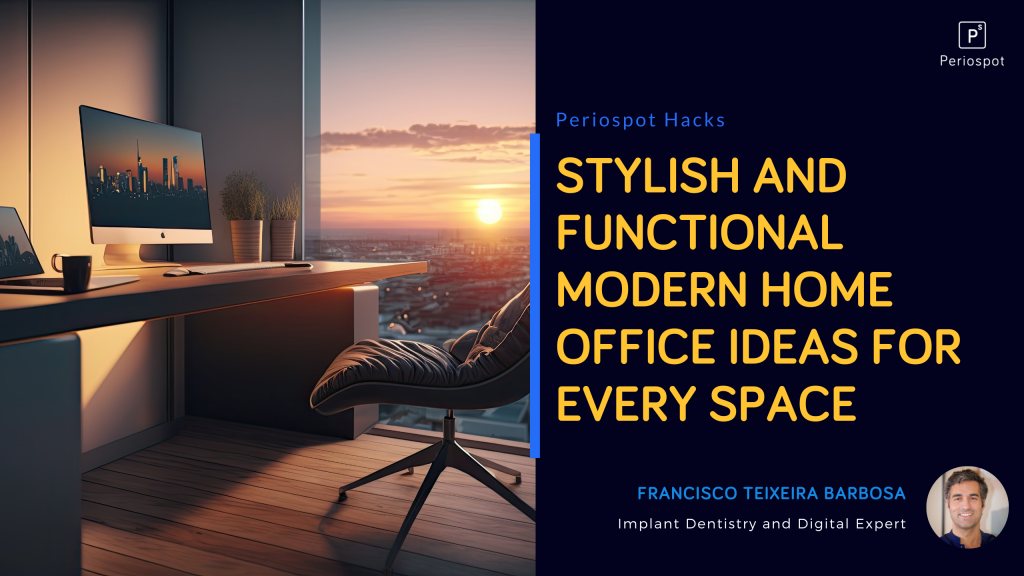Creating high-quality overhead videos of dental procedures can be challenging, especially when on a tight budget. But fear not, as capturing professional-looking footage without breaking the bank is possible.
This comprehensive guide will walk you through the essential steps to record compelling overhead dental procedure videos on a low budget. Learn how to choose the right equipment, set up your camera, and achieve the best angles to showcase your expertise and enhance your online presence. With these easy-to-follow tips, you’ll be well on your way to producing unique and informative content for different purposes.
Documenting clinical cases for Youtube channel
I remember when I started my YouTube channel long ago. My initial intention was only to have a page to upload my videos with my friends, guitar videos, or videos with my kids.
But as soon as I started documenting my first cases of implant dentistry, I thoalso a good ideaod idea also to upload surgery videos, animationsthings other stuff related to dentistry.
Today, the channel has over 3,500 subscribers and is one of my favorite platforms to share videos (along with Wistia).

Soon, I started receiving questions about my set-up to record surgery videos. My initial set-up comprised only a GorillaPod attached to my dental chair lamp.
The conventional video camera was connected to a TV, where I could control what was being recorded.
Not a big deal, low budget, and efficient.
You can check the quality in this video;
Soon, I noticed that I had to upgrade because having a GorillaPod attached to the dental chair light was not fancy or cool, so I bought an arm and a mounter from an Italian store I found online.
It works pretty well, but I have to say that mounting it was a nightmare. The other inconvenience is that I cannot move it, so if I want to record a surgery, I have to stick to that dental chair.
And it is quite pricy.
Posted by EsiroBarcelona on Friday, 8 May 2020
But then I met Miguel, an excellent photographer and producer who sometimes help us with the shooting and recording.
He has a unique portable set-up, easy to mount, and is ready to record any surgery.
Positioning a camera directly overhead is using a combination of a monopod and a boom pole holder.
Camera set-up and equipement
For this technique, you’ll need the following:
– Boom pole holder and grip head
– Monopod (you could also use a tripod)
– Strong light (chair light should be enough, but just in case you have this one) and a stand like this C-stand
– Sandbags
Clip the camera into the monopod, then slip the monopod into the boom pole holder.
Important: Double-check that everything is locked tight, from the camera mount to the grip head. Also, use sandbags to weigh down the boom pole stand, as this rig will be pretty darn top-heavy.
When yyou’reshooting overhead, wwe’venoticed that gravity can cause some zoom lenses to slip and not hold focal length. To avoid this, use a fixed lens like a Nikor 105 mm or Canon 100 mm, and raise or lower the light stand to get the proper framing.
This is in case you want to use the DSLR camera. In my case, I prefer something more automated, with autozoom and 4K. So I choose this camera, and it is working great so far.
Here is an example of the video with the new camera (it is not recorded in 4K, although I could do it).

I just made a huge mistake: the TV I was using to watch the surgery was not prepared for a a 4K video, so we came up with the idea of having a 4K external screen to see what we were recording.
With the camera so high up, monitoring your shot tends to be complicated. If possible, getting your hands on an external display will save you some time and energy.


An external display or a 4k TV is recommended to watch what we are recording during the procedure.
Dental Photography in dentistry
If what you are searching for dental photography equipement and reccomendations, we created also an article related to dental photography that you also may want to check here.
Final thoughts and videos
And here you can see a surgery recorded with the new Sony 4K. Unfortunately, I have not yet had the chance to edit the 4K videos I have, but they look fantastic!
I hope this helps you to answer some of the questions I often receive about what I use to record my surgery videos, but your feedback is always welcome.
Just one last favor: Rate this article and give us feedback about it during the short survey 😉




